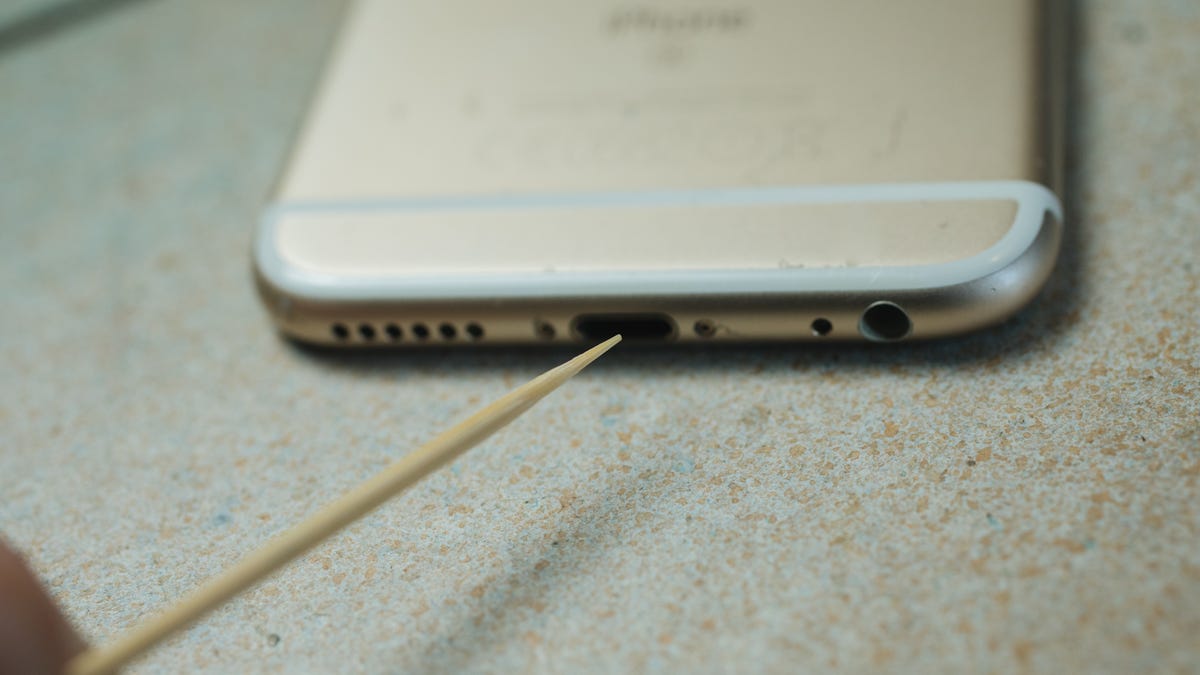Joby's Air Taxi Is Ready for Takeoff: Inside the Manufacturing Process
Can you hear it? This is your air taxi and it's coming in to land quietly. I'm in the pilot seat here at Joby Aviation to give you a behind the scenes. Look at how the air taxis are built. Flying cars, electric, vertical takeoff and landing aircraft or air taxis, no matter what you call them. They're the stuff of science fiction but not for much longer. Jobby is ramping up production to make its air taxi as easy to hail as an Uber and almost as easy to fly. That's unbelievable. I did it. I didn't crash and it could be picking you up as early as 2025. It's got a range of 100 miles designed for short hop flights. This is one of Joy's flight test vehicles. It has one pilot seats up to four passengers and has room for luggage. We wanted you to be able to walk up to it and feel like it was almost a more traditional car and be able to hop into the doors shut in, feel like this is going to be a very normal trip for you. But before you take to the skies, you probably wanna know how it all works and how safe it is. Joby invited us to see inside the marina manufacturing facility where it conducts test flights and builds the aircraft. Every composite part of Joby starts its life as a piece of carbon fiber and you can feel it, you see it, it's super bendable and easy to move around, right? It is, we are cutting the individual ply shapes out one ply at a time. And so then once we have all of these pieces of carbon fiber, we put them into a kit and then they will go into the next room where I'll show you they actually get laminated to build a part. Each one of these stations is a different mold for a different component on the airplane. And one of the really cool things about this facility right here is that we have these laser projection units on the ceiling. And so each one of these parts is being projected on where the flies need to go for the larger components we've invested in automatic fiber placement machines. So AFP and what this machine is actually doing here is it's putting down strands of carbon fiber individually. I mean, you hear that click, click, click, click, that's it actually cutting each strand of carbon fiber before it goes to do the next sweep to lay down more composites. After the lamination process, the parts get baked in a giant tunnel called an autoclave. This one is 40 ft long. It fits a wing or the entire fuselage and it heats up to 350 °F. So it's basically like an oven, it pressurizes. So it's a big pressure chamber and then the composite part itself has a vacuum bag in it. And so we're actually pulling a vacuum on the parts. How do you close the door? Essentially? It looks so heavy. Do you have to get a blip? Glad you asked that. So this whole thing you can see it's almost like a train track here, right? And we'll actually load parts onto this rail system and there's a bridge that comes up and allows us to roll the parts and the tools into the autoclave and then the bridge will flops down and then the large door actually will close, which will allow it to become a pressure chamber. Each part then goes through ultrasonic testing which can detect flaws or quality issues after we cook the composite parts in the autoclave and then we assemble it. We build components like this propeller. So this is actually like a flight joy propeller light in this. Wow, that is not what I was expecting. I can just hold it with one hand, no problem. And this started life as those strands of carbon fiber that we just saw. That is amazing. It's these propellers combined with the electric propulsion unit that makes the aircraft more quiet than a traditional plane or helicopter, as you see the vehicle right now, it's in its hover configuration. So all of the propellers are pointing vertical after it takes off vertically. All of these uh the cells and motors will actually articulate 90 degrees. So the propellers will be facing forward. Ok. When we're flying forward, uh we're actually using about a third less energy and so we can go three times as far than if we were just like hovering. That also makes us extremely quiet. We did some testing with NASA last year and we found that we are actually 100 times quieter than a traditional helicopter. I feel like a lot of people who are going to get into an air taxi might have reservations, I think for a very good reason. So how safe are we talking here? Very safe safety has been the most important pillar of this aircraft. From the beginning of when we started working on it, we actually chose to have the six propellers so that we could have a level of redundancy baked in. We chose for all of the propellers to be able to articulate so that we always will be able to have some form of failure and likely the occupants wouldn't even notice that something turned off. We have multiple flight computers, we have multiple batteries on each one of our motors. So there's redundancy and robustness at every layer, gaining the public's trust to jump in an air taxi also means the aircraft and its flight operations need to be highly regulated. Joby is working with the FAA to certify the vehicle for commercial flights. Somehow, Joby has allowed me to fly the actual simulator, the same one that real pilots are gonna be able to train on and Wizzer is gonna walk me through step by step. I've never flown before. Anything. You're going to be just fine. Height is on your right hand and speed is on your left hand and it doesn't matter where you are in the flight envelope, that's going to be true. We've actually set up a little route here which is from JFK into JRB, which is the downtown heliport. So with your right hand, you're going to literally twist that stick nice and gently again. Not too much, that's it. And we need to twist until we're pointing down the first leg, which is this Magenta leg. So you've got to bring that Magenta all the way around until it's facing upwards. And that will also have us pointing at the downtown area which is just coming into view. You can see the big city in the distance. That's where we're about to fly to. Very cool. And by the way, if you can do it in here, it's exactly the same as doing it in a real aircraft. It's like identical, there's no difference. So now we need to start getting some forward speed on and we do that with your left thumb, push that controller up and release and that has said to the aircraft, please go to 100 knots. Immediately notice we are accelerating. You can see the ground's moving, the tilts are moving down automatically. So you can see there's an altimeter here which is showing your altitude coming up on 700 ft. And as we approach 1000 we will level off. I'm starting to see our landing point, which is actually here, this is where we're going. I'm gonna, you're gonna land on that. It's a tiny little, yeah, it's a tiny little edge. We're gonna get it all done. It's beautiful. So you're doing this bit, the aircraft is looking after the speed, the aircraft will stop over the edge. You just have to steer to it. Yes, you just have to steer to it. Now, push to go down nice and gently because you're going to land, you've completed your flight. That's unbelievable. I did it, I didn't crash. It was so easy. You didn't just do it, you did it smoothly and you did it like a pro I mean, it was like, that's the job. So that's how easy our aircraft is to play. I'm almost ready to be a real pilot. Oh, yeah, you're cleared. I sign you up right now. Once the air taxi is ready for commercial flights, you'll open the app and book to bring this all to reality. Joby is partnering with Delta and the US so you could hail an air taxi to and from JFK laguardia or LAX airports. This is a concept Verde airport where you'd wait for your flight, but there are still plenty of unknowns up in the air like price and how quickly the FAA will let air taxis take off. Naturally, the question that you have is when can I fly in one of these? Well, it could actually be as early as next year. Thanks so much for watching beta test. Hope you enjoyed the episode. Hit that subscribe button and stay tuned for more. I will see you in the skies.







:quality(85):upscale()/2024/10/31/831/n/49351773/b7bf33836723d2f0643c55.51137847_.jpg)

 English (US) ·
English (US) ·